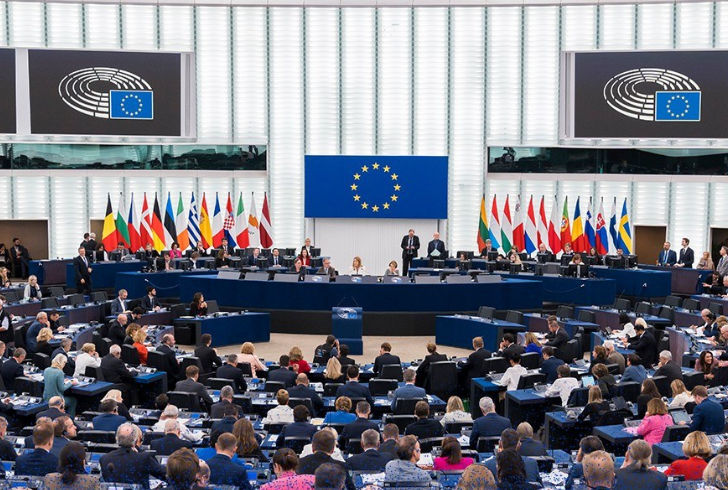The European Union (EU) took a significant leap forward in consumer rights with the introduction of the new Consumer Credit Directive. This directive, which was formally adopted by Members of the European Parliament (MEPs) last year, reshaped the landscape of consumer credit in the digital age.
If you’ve ever wondered what is the Consumer Credit Directive is and how it impacts you, you’re in the right place. Let’s delve into the details of this groundbreaking legislation.
A Brief Overview of the Consumer Credit Directive

On 12 September, MEPs convened in Strasbourg to formally adopt the new Consumer Credit Directive, marking a pivotal moment in consumer credit regulation. Following this, the Council of the EU gave their approval, finalizing the text that was previously agreed upon by negotiators in December 2022.
This directive served as an update to the 2008 Consumer Credit Directive, acknowledging the significant changes brought about by digital transformation in the consumer credit market.
The Need for an Update
The 2008 Consumer Credit Directive was implemented during a time when the digital revolution had not yet transformed consumer credit as we know it today. With the rise of digital platforms, new credit products, and evolving consumer preferences, there was a pressing need for an update.
Recognizing this, the European Commission proposed a revised version in June 2021, which retained many original elements while introducing new provisions tailored to the digital age.
Expanded Scope: What Changed?

One of the most significant changes introduced by the new Consumer Credit Directive was the broadening of its scope. The directive now covered loans below EUR 200, interest-free credit, and leasing agreements. Additionally, deferred payments were not classified as credits under certain conditions:
- Offered without involving a third-party credit provider
- Interest-free except for late payment charges
- Fully settled within 50 days of product delivery
Large companies operating online, which did not qualify as Small and Medium-sized Enterprises (SMEs) under EU law, also had specific exemptions. They were exempt if:
- No third party was involved in offering or purchasing credit
- Payment was made within 14 days of delivery
- The payment was interest-free
Enhanced Consumer Protection Measures
The new directive placed a strong emphasis on consumer protection, introducing several measures to safeguard consumers’ interests. Information requirements were updated to cater to digital devices, ensuring consumers received clear and accessible information.
Moreover, consumers were entitled to free information, and credit providers were required to conduct a thorough assessment of a consumer’s creditworthiness before offering credit.
Stricter Advertising Rules

To combat misleading advertising and prevent over-indebtedness, stricter rules were imposed on advertising practices. Credit providers had to adhere to guidelines detailing the information to be included in advertisements and prohibited practices.
Pre-contractual Information
Clear guidelines were set regarding pre-contractual information, specifying what information should be included and when it should be communicated to consumers.
Caps on Charges
To prevent exploitation and ensure fair practices, the directive introduced caps on charges, limiting the interest rates or annual rates that credit providers could impose on consumers.
Right to Withdraw
Consumers were granted the right to withdraw from a credit agreement within 14 days of signing it, without providing a reason.
Embracing Change in Consumer Credit
The new Consumer Credit Directive represented a significant step forward in aligning consumer credit regulations with the realities of the digital age. By expanding its scope, enhancing consumer protection measures, and introducing new provisions tailored to the digital landscape, the EU paved the way for a more transparent, fair, and consumer-friendly credit market.



